Jiaxing’s sunken train station is a hub of urban greenspace and efficient city links
Jiaxing Train Station by MAD Architects is a bubble of urban green space with a blend of reconstructed historical design and modern minimalism

The historic city of Jiaxing is built against the elegant backdrop of the Grand Canal of China. The city’s architecture naturally responds to the strong presence of its twisting bodies of water, and is home to modern marvels, such as the Hangzhou Bay Bridge. Now, the design overhaul of Jiaxing Train Station can be added to the city’s architectural repertoire, while efficiently expanding Jiaxing's connections to the rest of China.

Jiaxing Train Station by MAD Architects
Jiaxing Train Station was originally built in 1907, redesigned in 1995, and by 2019 became dysfunctional, failing to keep up with the rapid urbanisation of China. Deciding to design a station that responds to its environment, MAD Architects wanted to create a fluid public transportation space that doesn't feel imposing, surrounded by wide main roads, viaducts, and vast empty squares, as seen with many examples in its typology.

‘We should rethink and redefine the spatial patterns of such transportation infrastructure buildings in China,' said Ma Yansong, founding partner of MAD. ‘We can break away from the common pursuit of grandiose monumental buildings and make them urban public spaces with transport functions, natural ecology and cultural life, where citizens are happy to go, stay, meet, and enjoy.’

The architecture studio’s design concept expands on the idea of creating a space that is crisp, sleek and efficient. The result was a new, sunken train station that moulds to its surrounding urban greenery.
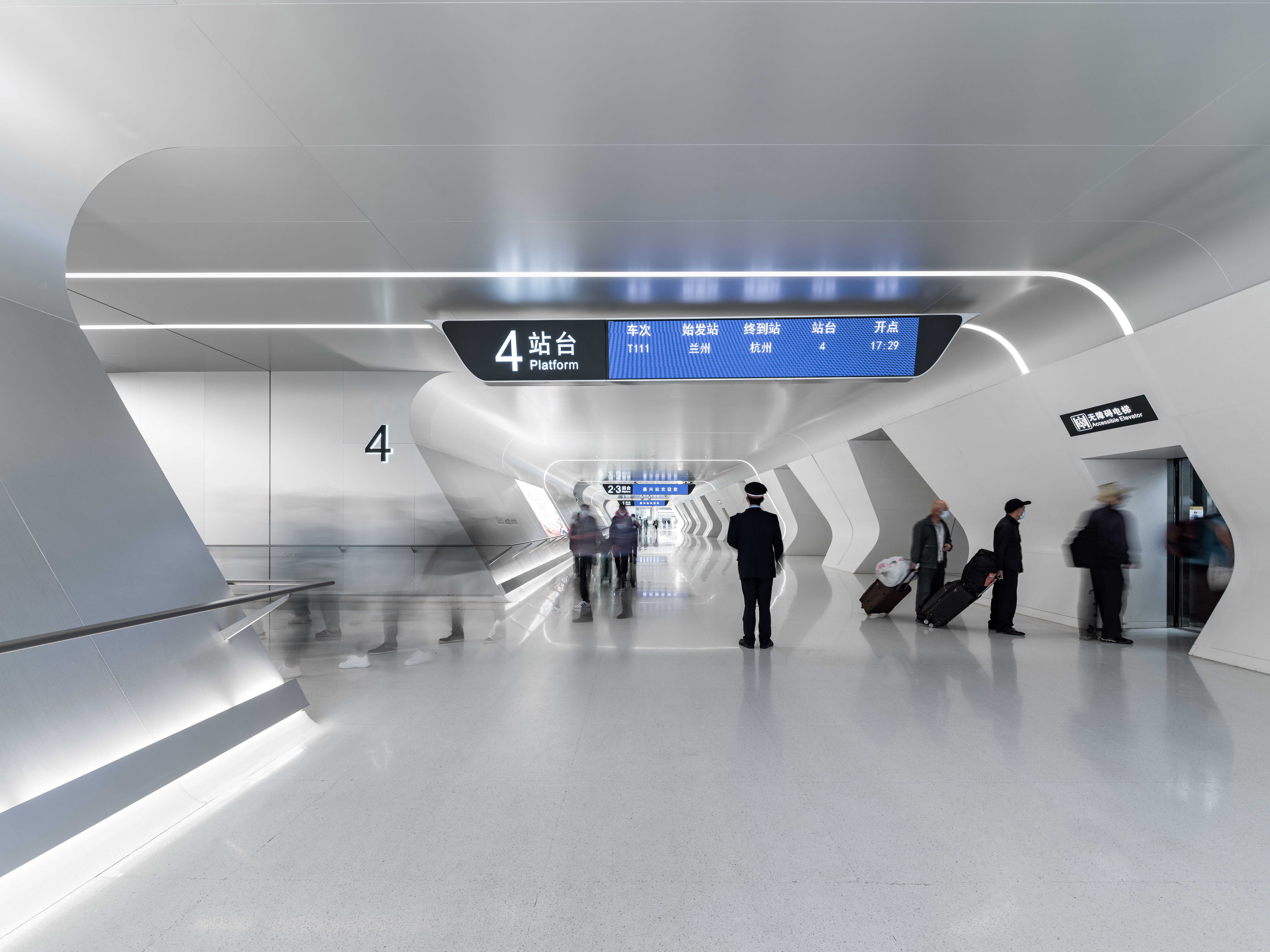
As a nod to the station's history, MAD Architects decided on a full-scale recreation of the original 1907 station. This was realised including a crisp, white underground station, with easy access to station platforms.

The architects, who are also the brains behind the flowing Harbin Opera House, carefully tightroped between the building's historical heritage and its modern expansion, using approximately 210,000 red and green bricks made of mud sourced from the nearby South Lake.

The ‘floating’ metal roof's expansive surface is utilised, lined with solar panels. Meanwhile, its sleek, seamless look hints at the minimalist architecture that lies beyond the reconstructed old station house.
Receive our daily digest of inspiration, escapism and design stories from around the world direct to your inbox.
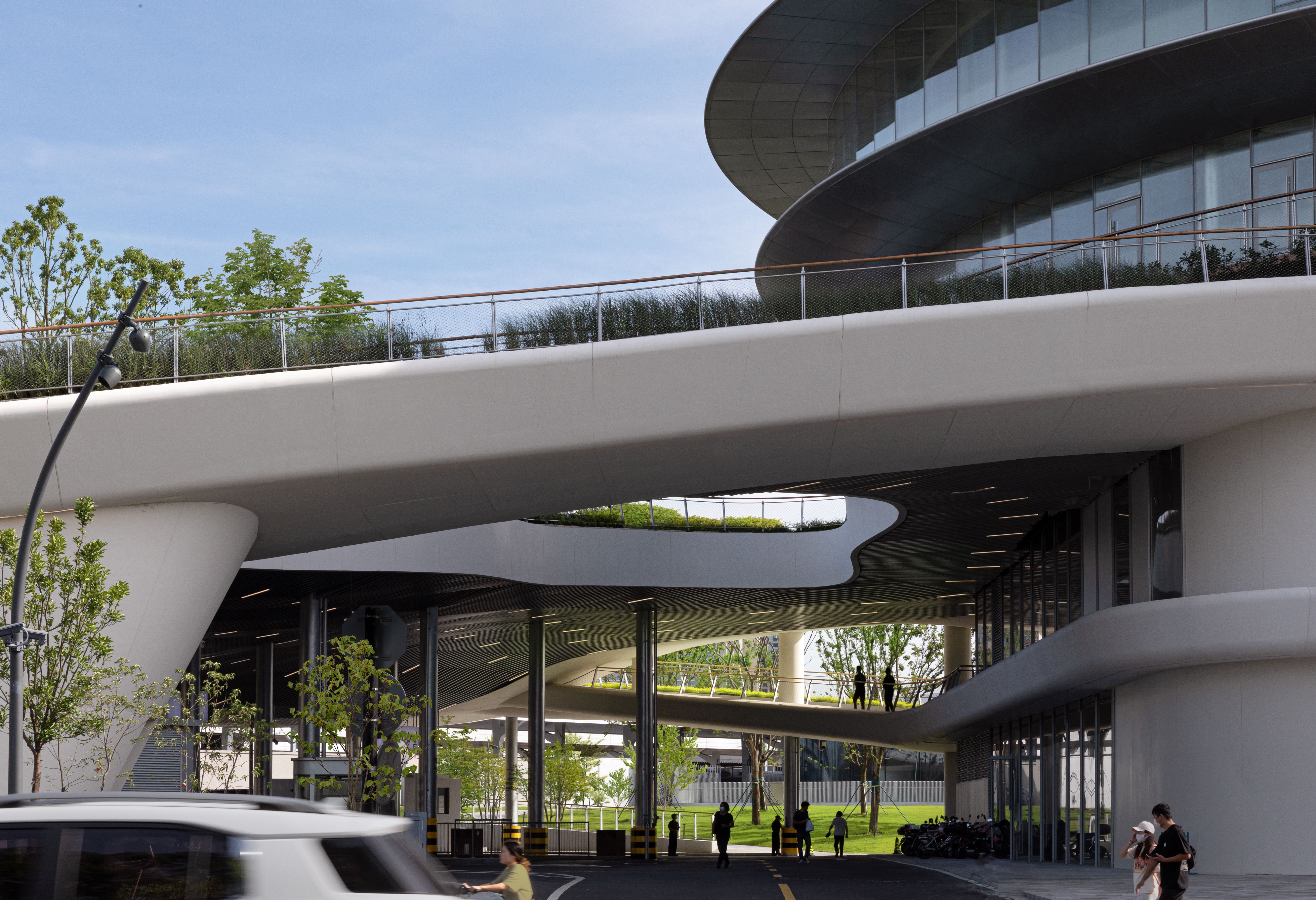
MAD placed the busiest part of the transport hub almost entirely underground. This includes the building’s entry and exit platforms, waiting halls, and major transport and commercial functions. This allowed room to connect with and expand an existing park by planting over 1,500 trees, including beech, maple, and cherry blossom.

Beech trees were specifically chosen for their rich foliage. As they grow, they will slowly form a gentle canopy over the entire north square in front of the station.

The station, which features three platforms and six lines, is expected to be used by up to 5.28 million people per year by 2025.
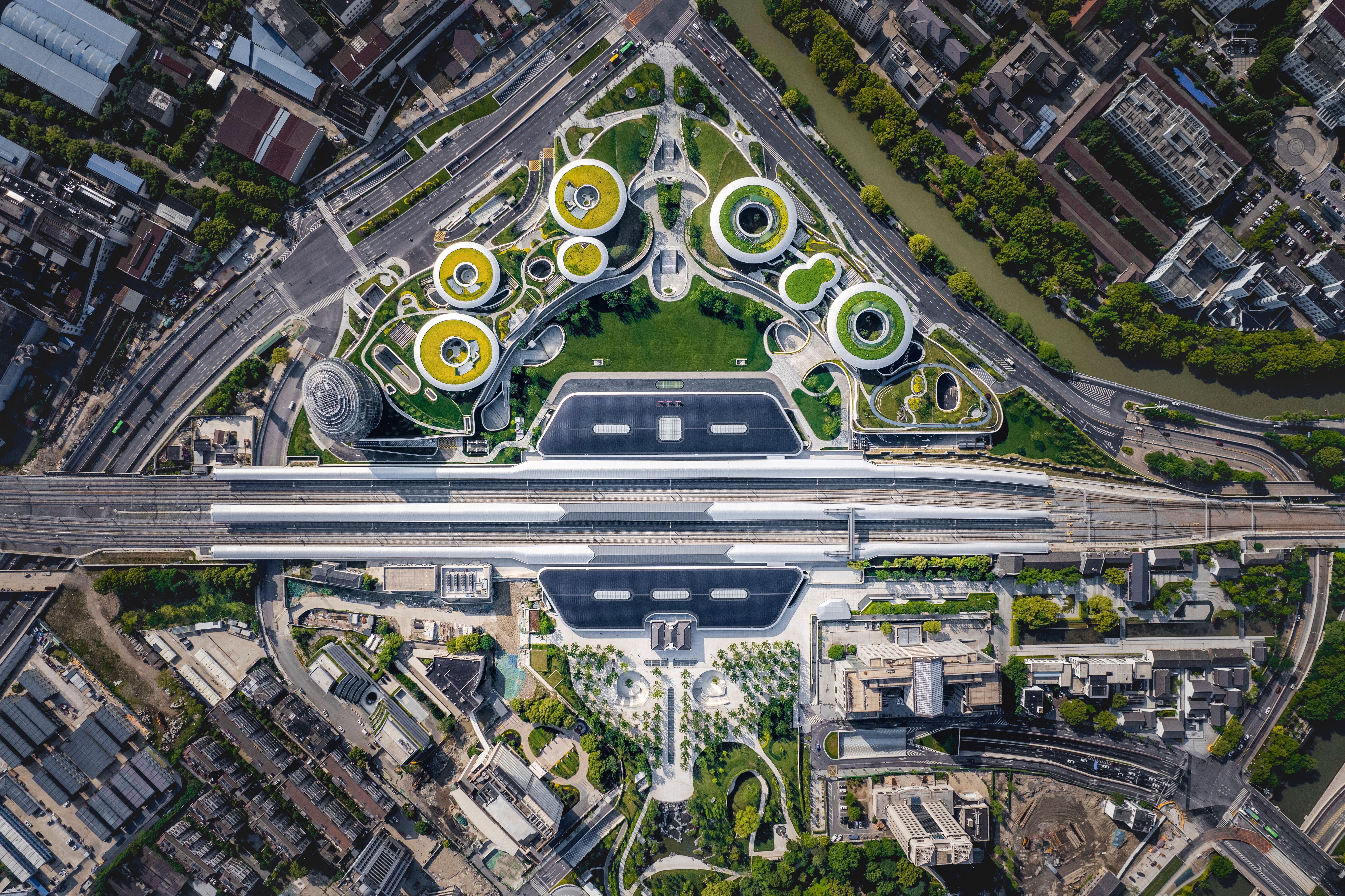
Tianna Williams is Wallpaper’s staff writer. When she isn’t writing extensively across varying content pillars, ranging from design and architecture to travel and art, she also helps put together the daily newsletter. She enjoys speaking to emerging artists, designers and architects, writing about gorgeously designed houses and restaurants, and day-dreaming about her next travel destination.
-
 The rising style stars of 2026: Oscar Ouyang is taking knitwear into new realms
The rising style stars of 2026: Oscar Ouyang is taking knitwear into new realmsAs part of the January 2026 Next Generation issue of Wallpaper*, we meet fashion’s next generation. Born in Beijing, Central Saint Martins graduate Oscar Ouyang is inspired by anime, medieval folklore and his friends’ wardrobes
-
 Zbeul Studio's 'future relics' merge traditional craft with unexpected materials
Zbeul Studio's 'future relics' merge traditional craft with unexpected materialsWallpaper* Future Icons: Paris-based studio Zbeul merges archaeology, craft, and design, taking the design process to innovative places
-
 Deep dive into Carlos H Matos' boundary-pushing architecture practice in Mexico
Deep dive into Carlos H Matos' boundary-pushing architecture practice in MexicoMexican architect Carlos H Matos' designs balance the organic and geometric, figurative and abstract, primitive and futuristic
-
 Wang Shu and Lu Wenyu to curate the 2027 Venice Architecture Biennale
Wang Shu and Lu Wenyu to curate the 2027 Venice Architecture BiennaleChinese architects Wang Shu and Lu Wenyu have been revealed as the curators of the 2027 Venice Architecture Biennale
-
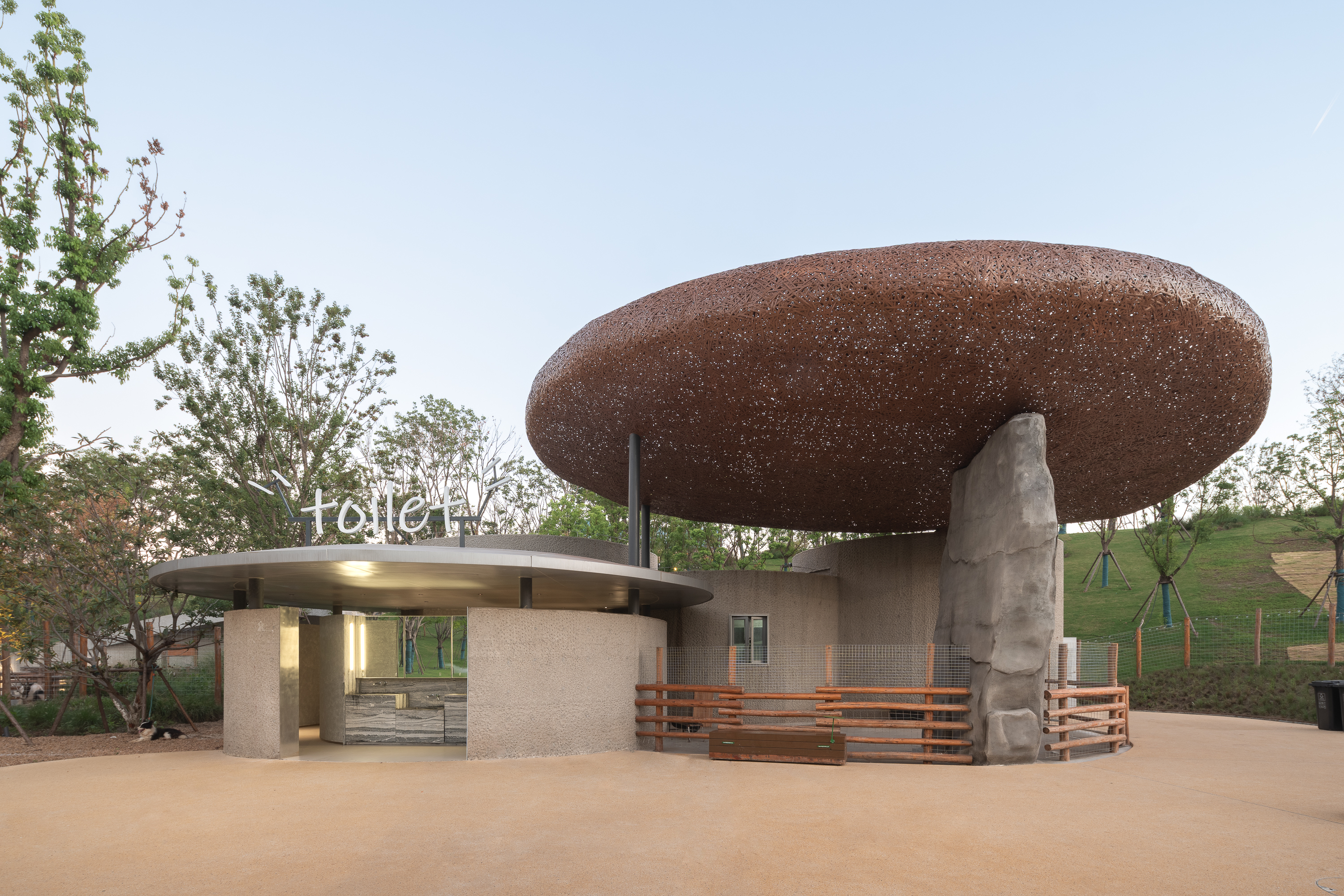 Tour this Chinese eco-farm, an imaginative wonderland connecting visitors with nature
Tour this Chinese eco-farm, an imaginative wonderland connecting visitors with natureLuxeIsland Farm by Various Associates is an eco-farm and visitor attraction in China’s picturesque Wuhan region; take a stroll across its fantastical landscape
-
 Honouring visionary landscape architect Kongjian Yu (1963-2025)
Honouring visionary landscape architect Kongjian Yu (1963-2025)Kongjian Yu, the renowned landscape architect and founder of Turenscape, has died; we honour the multi-award-winning creative’s life and work
-
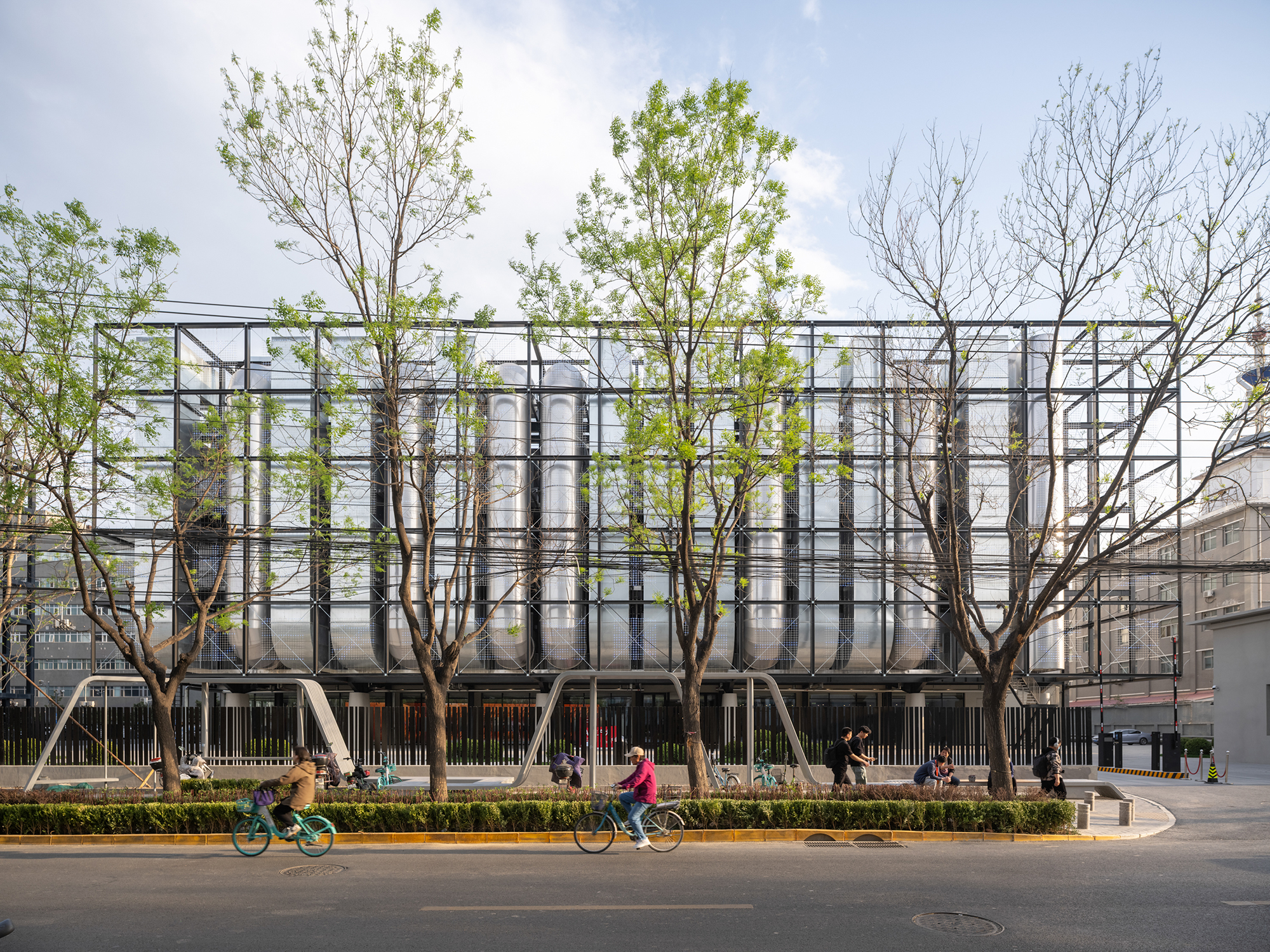 A new AI data centre in Beijing is designed to evolve and adapt, just like the technology within
A new AI data centre in Beijing is designed to evolve and adapt, just like the technology withinSpecialised data centre Spark 761, designed by llLab, is conceived as a physical space where humans and AI technology can coexist
-
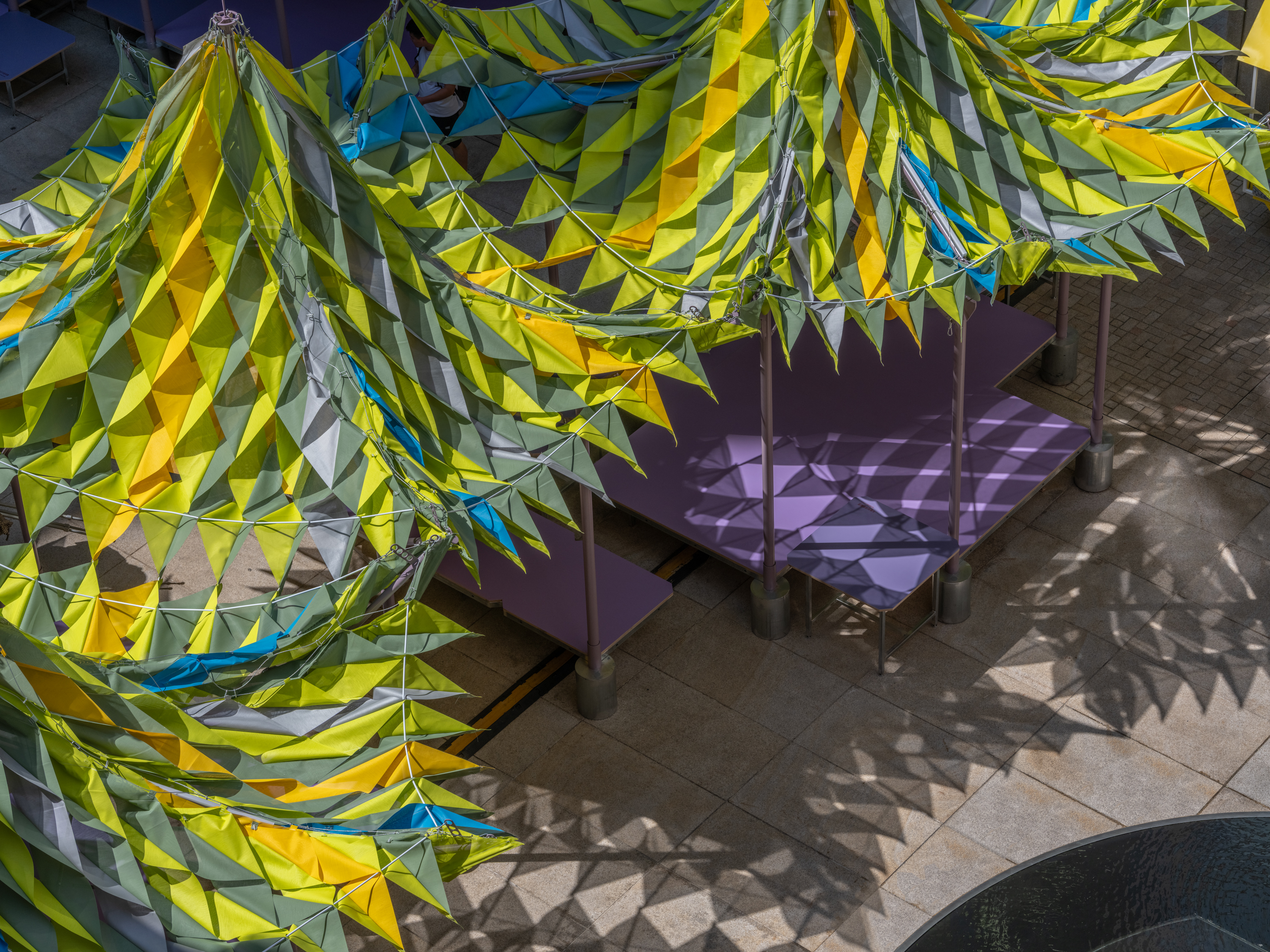 Shanghai’s biennial, RAMa 2025, takes architectural exploration outside
Shanghai’s biennial, RAMa 2025, takes architectural exploration outsideRAMa 2025, the architecture biennial at Rockbund Art Museum in Shanghai, launches, taking visitors on a journey through a historic city neighbourhood – and what it needs
-
 Atelier About Architecture’s ‘house within a house, and garden within a garden’
Atelier About Architecture’s ‘house within a house, and garden within a garden’House J in Beijing, by Atelier About Architecture, is an intricate remodelling complete with a hidden indoor garden and surprising sight lines
-
 A nature-inspired Chinese art centre cuts a crisp figure in a Guiyang park
A nature-inspired Chinese art centre cuts a crisp figure in a Guiyang parkA new Chinese art centre by Atelier Xi in the country's Guizhou Province is designed to bring together nature, art and community
-
 Zaha Hadid Architects’ spaceship-like Shenzhen Science and Technology Museum is now open
Zaha Hadid Architects’ spaceship-like Shenzhen Science and Technology Museum is now openLast week, ZHA announced the opening of its latest project: a museum in Shenzhen, China, dedicated to the power of technological advancements. It was only fitting, therefore, that the building design should embrace innovation